Art Spiegelman
Words and Pictures Collide: What the %@&*! Happened to Comics?
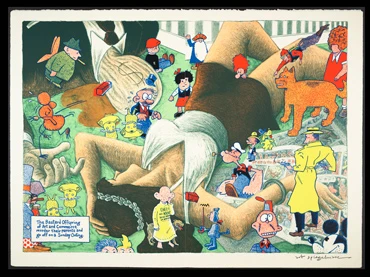
Art Spiegelman. Lead Pipe Sunday, The Bastard Offspring. Illustration, 1990
Held on 20 dic 2017
In conjunction with the exhibition George Herriman. Krazy Kat is Krazy Kat is Krazy Kat, the Museo Reina Sofía will devote a lecture to the artistic medium of comics, and its own language, at once mature and autonomous. The activity features a carefully considered presentation of the graphic novel by theorist and cartoonist Santiago García, followed by a lecture given by Art Spiegelman, the only cartoonist to win the Pulitzer Prize to date. The creator of Maus (written between 1986 and 1991) will share his vision of the comic as a battle zone defining “post-literary times”, where art and commerce, high-brow and popular culture, the young and old, reality and fantasy and, overall, words and images collide with added intensity.
Throughout its trajectory, the comic has been linked in different ways to the museum institution and to modern and contemporary art. Avant-garde artists in the past, such as Juan Gris and Lyonel Feininger, produced illustrations and comic strips which were widely considered minor works at the time; Pop Art made use of the medium’s iconography, appearance and production, giving expression to elite paintings which catered to mass tastes; and finally, the discernible influence in the work of visual artists from different decades and wide-ranging career arcs — Philip Guston, Martin Kippenberger and Michel Majerus — who sought to revamp or question the pictorial medium. The three circumstances mentioned, understood through traditional historiography as channels of legitimacy, have determined a paradoxical notion of the comic as an appendix which reinforces the dominant role of painting in the old hierarchy of the arts. This lecture, therefore, seeks to break away from this idea, instead viewing the comic as a medium in its own right, and setting forth the consideration that, if film was the great art form of the 20th century, then comics were the privileged written form of the same century. Thus, value is placed on a writing style shaped by the symbiotic mix between image and word, iconic and verbal registers, largely anticipating the visual elements of the Internet; a decidedly mainstream, mass and pedagogical vocation; and a sequential construction of narrative. In melding these three elements, comics have given expression to a bona fide factory of modern myths and fables, granting exposure to a whole series of artists — George Herriman, Winsor McCay, Robert Crumb, Art Spiegelman, Marjane Satrapi, Alison Bechdel and Chris Ware — who have demonstrated their unparalleled talent for revealing the power of images.
In collaboration with
Organised by
Museo Reina Sofía
Participants
Santiago García (Madrid, 1968). Cartoon scriptwriter, critic and translator. With a PhD in Art History, he is the author of the essay La novela gráfica (Astiberri, 2010) and has written comics such as El Vecino (Astiberri, 2004-2010), with illustrations by Pepo Pérez, and the work Las Meninas (Astiberri, 2014), with Javier Olivares, which won Spain’s National Comic Award in 2015 and the Award for the Best Work by a Spanish Author at Barcelona’s Comic-Con 2015. His latest work Museomaquia (Astiberri, 2017), with drawings by David Sánchez, looks back over the history of painting, from Medieval times to the present day via a Venetian horseman and his squire.
Art Spiegelman (Stockholm, 1942). Cartoonist. Spiegelman studied Art and Philosophy at Binghamton University’s Harpur College, in New York, before he became part of the underground comics subculture in the 1960s and 1970s, depicted in his anthology Breakdowns (Bélier Press,1977). In 1980, alongside his wife Françoise Mouly, he founded RAW, the acclaimed avant-garde comics magazine. Since then he has published his work in an array of magazines, including The New Yorker, where he worked as a contributing artist from 1993 to 2003. In 1992, he won the Pulitzer Prize for his comic Maus: A Survivor's Tale (Pantheon Books, 1991), based on the Holocaust, and other works of note include In the Shadow of No Towers (Viking Press, 2004) on 9/11. He was also awarded the Grand Prix de la Ville d’Angoulême (2011) and became a member of the American Academy of Arts and Letters in 2015.

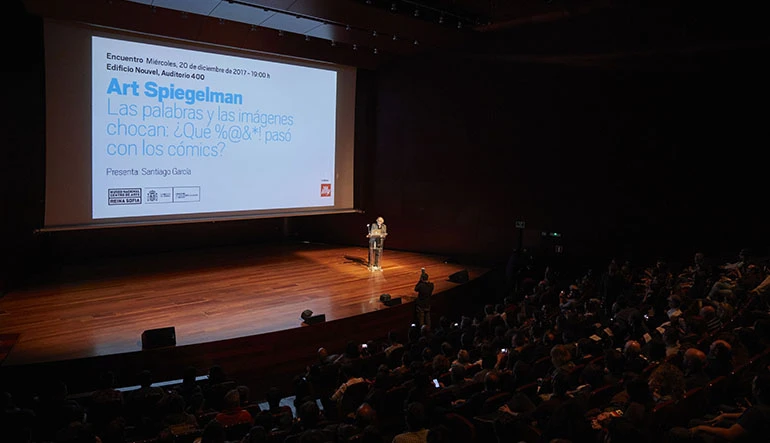

Más actividades
![Metahaven, The Sprawl: Propaganda about Propaganda [La diseminación: propaganda sobre propaganda], 2015, película](https://recursos.museoreinasofia.es/styles/small_landscape/public/Actividades/interfaz_emotiva_0.jpeg.webp)
EMOTIVE INTERFACE. The Films of Metahaven
Thursday, 27, Friday, 28, and Saturday, 29 November 2025 – check times
The Museo Reina Sofía and the Márgenes International Film Festival in Madrid, here in its fifteenth edition, present this series devoted to the artist collective Metahaven. The programme is framed inside the working strand both institutions started in 2024, focusing on an exploration of contemporary audiovisual narratives, a hybridisation of languages and the moving image as a tool for practising critical gazes on the present. Emotive Interface. The Films of Metahaven comprises two sessions of screenings and a masterclass delivered by the collective, centring on the relationship between the internet, technology, time and the moving image. All sessions will be presented by the artists.
The work of Metahaven — Dutch artist duo Vinca Kruk and Daniel Van der Velden — encompasses graphic art, video, installations, writing and design around urgent issues related to governance, identity, power and transparency in the digital age. Thus, their practice stands at the crossroads of art, film and critical thought, as they employ visual language as a tool to explore the tensions between technology, politics and perception, their practice combining the rigour of the visual essay and a strong poetic component, where graphic design, digital animation and documentary material fuse into dense, emotionally ambiguous compositions that speak of post-digital romanticism through an allegorical formulation. The spotlight of this series shines brightly on some of Metahaven’s recent works, for instance The Feeling Sonnets (Transitional Object) (2024), in which they examine language, poetry and digital time, and on The Sprawl (Propaganda About Propaganda) (2015), an essay which explores how the internet and social media have radically altered the relationship between truth, power and perception. Finally, the duo’s masterclass is set forth here as a survey of the main themes explored by both artists.
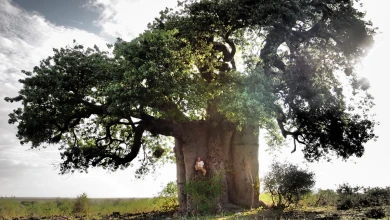
Francisco López and Barbara Ellison
Thursday, 11 December - 8pm
The third session in the series brings together two international reference points in sound art in one evening — two independent performances which converse through their proximity here. Barbara Ellison opens proceedings with a piece centred on the perceptively ambiguous and the ghostly, where voices, sounds and materials become spectral manifestations.
This is followed by Francisco López, an internationally renowned Spanish sound artist, who presents one of his radical immersions in deep listening, with his work an invitation to submerge oneself in sound matter as a transformative experience.
This double session sets forth an encounter between two artists who, from different perspectives, share the same search: to open ears to territories where sound becomes a poetic force and space of resistance.
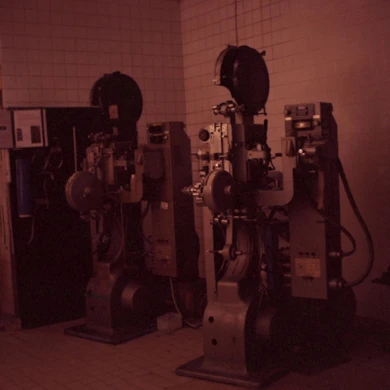
Long Live L’Abo! Celluloid and Activism
4, 5, 6 DIC 2025
L’Abominable is a collective film laboratory founded in La Courneuve (Paris, France) in 1996. It came into being in response to the disappearing infrastructures in artisan film-making and to provide artists and film-makers with a self-managed space from which to produce, develop and screen films in analogue formats such as Super 8, 16mm and 35mm. Anchored in this premise, the community promotes aesthetic and political experimentation in analogue film opposite digital hegemony. Over the years, L’Abominable, better known as L’Abo, has accompanied different generations of film-makers, upholding an international movement of independent film practices.
This third segment is structured in three sessions: a lecture on L’Abo given by Pilar Monsell and Camilo Restrepo; a session of short films in 16mm produced in L’Abo; and the feature-length film Une isle, une nuit, made by the Les Pirates des Lentillères collective.
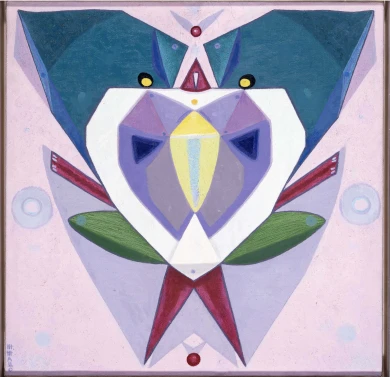
Estrella de Diego Lecture. Holding Your Brain While You Sleep
Wednesday, 3 December 2025 – 7pm
Framed inside the Museo Reina Sofía’s retrospective exhibition devoted to Maruja Mallo, this lecture delivered by Estrella de Diego draws attention to the impact of the artist’s return to Spain after her three-decade exile in Latin America.
Committed to values of progress and renewal in the Second Republic, Mallo was forced into exile to Argentina with the outbreak of the Civil War and would not go back to Spain to settle definitively until 1965 — a return that was, ultimately, a second exile.
Mallo saw out her prolific artistic trajectory with two impactful series: Moradores del vacío (Dwellers of the Void, 1968–1980) and Viajeros del éter (Ether Travelers, 1982), entering her most esoteric period in which she drew inspiration from her “levitational experiences” of crossing the Andes and sailing the Pacific. Her travels, both real and imaginary, became encounters with superhuman dimensions.
In parallel, her public persona gained traction as she became a popular figure and a key representative of the Generation of ‘27 — the other members of which also started returning to Spain.
This lecture is part of the Art and Exile series, which seeks to explore in greater depth one of the defining aspects of Maruja Mallo’s life and work: her experience of exile. An experience which for Mallo was twofold: the time she spent in the Americas and her complex return to Spain.
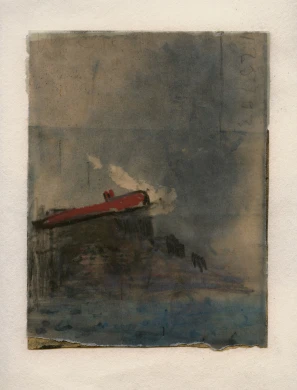
Juan Uslé. That Ship on the Mountain
Tuesday, 25 November 2025 – 7pm
Ángel Calvo Ulloa, curator of the exhibition Juan Uslé. That Ship on the Mountain, engages in conversation with artist Juan Uslé (Santander, 1954) in the Museo’s Auditorium 400 to explore in greater depth the exhibition discourse of this anthological show spanning four decades of Uslé’s artistic career.
The show casts light on the close relationship Uslé’s work bears to his life experiences, establishing connections between different stages and series which could ostensibly seem distant. Framed in this context, the conversation looks to explore the artist’s personal and professional journey: his memories, experiences of New York, his creative process, conception of painting, and ties with photography and film, and the cohesiveness and versatility that characterise his art. Key aspects for a more in-depth understanding of his artistic sphere.
The conversation, moreover, spotlights the preparatory research process that has given rise to this exhibition to grant a better understanding of the curatorial criteria and decisions that have guided its development.
These inaugural conversations, part of the main working strands of the Museo’s Public Programmes Area, aim to explore in greater depth the exhibition narratives of the shows organised by the Museo from the perspective of artists, curators and specialists.
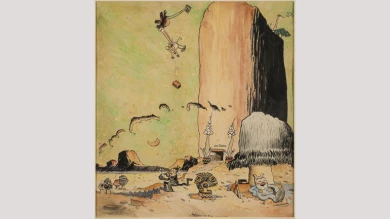



![Miguel Brieva, ilustración de la novela infantil Manuela y los Cakirukos (Reservoir Books, 2022) [izquierda] y Cibeles no conduzcas, 2023 [derecha]. Cortesía del artista](https://recursos.museoreinasofia.es/styles/small_landscape/public/Actividades/ecologias_del_deseo_utopico.jpg.webp)
![Ángel Alonso, Charbon [Carbón], 1964. Museo Reina Sofía](https://recursos.museoreinasofia.es/styles/small_landscape/public/Actividades/perspectivas_ecoambientales.jpg.webp)